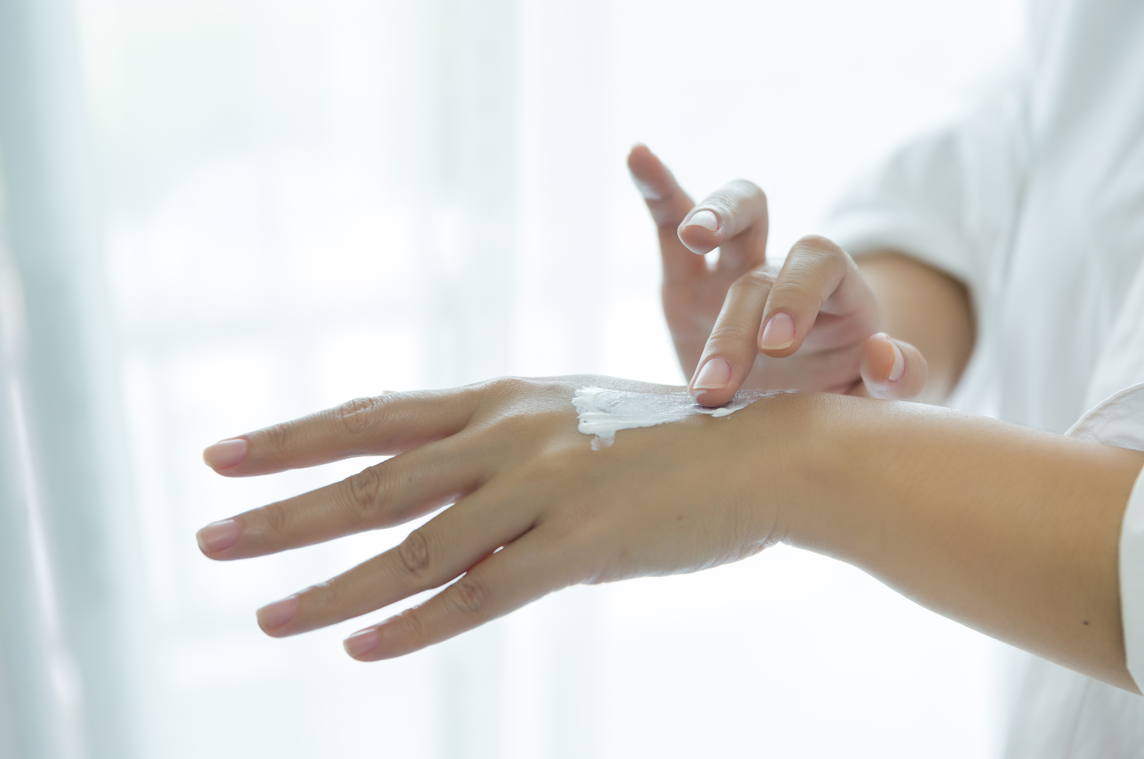Traditional cleansers often face a dilemma—effective cleansing tends to compromise skin hydration, leading to dryness and barrier disruption. However, advanced surfactant technologies now allow formulators to merge deep cleaning with moisture retention, creating products that cleanse without stripping. This article explores the science behind hydrating surfactants and formulation strategies to balance these seemingly opposing functions.
1. The Challenge: Why Cleansers Dry Out Skin
Mechanisms of Moisture Loss
Lipid Stripping: Harsh surfactants dissolve natural sebum, weakening the skin barrier.
Protein Denaturation: High-pH or ionic surfactants can destabilize keratin.
TEWL Increase: Damaged barriers lose water 2-3× faster post-cleansing.
Consumer Demand Shift
72% prefer cleansers that "don’t leave skin tight" (Mintel 2023)
58% seek "prebiotic/hydrating" claims in wash-off products
2. Surfactant Selection for Hydration
Mild Primary Surfactants
| Type | Examples | Hydration Benefit |
|---|---|---|
| Amino Acid-Based | Sodium Lauroyl Glutamate | pH-matched to skin (5.5), minimal protein damage |
| Alkyl Polyglucosides | Decyl Glucoside | Preserves stratum corneum integrity |
| Sarcosinates | Sodium Lauroyl Sarcosinate | Binds water molecules during rinsing |
Humectant-Boosting Secondary Surfactants
Cocamidopropyl Betaine: Enhances foam while reducing irritation
Disodium Cocoamphodiacetate: Forms hydrophilic films on skin
3. Formulation Technologies for Moisture Lock
A. Structured Liquid Crystals
Glyceryl Oleate + Surfactant Complexes: Create lamellar phases that deposit moisturizing lipids
Patent Example: 2% Glyceryl Monooleate + 5% Sodium Cocoyl Isethionate improves hydration by 31% (vs. conventional cleansers)
B. Coacervation Systems
Cationic Polymer (Polyquaternium-10) + Anionic Surfactant: Forms positively charged microdomains that bind to skin, releasing glycerin/hyaluronic acid
C. Vesicle-Encapsulated Actives
Liposome-Entrapped Ceramides: Survive rinsing to repair barriers
Niosomal Niacinamide: Gradually releases post-cleansing
4. Performance Data
Clinical Results (24-subject study)
| Parameter | Standard Cleanser | Hydrating Surfactant System |
|---|---|---|
| TEWL (g/m²/h) | 18.7 → 25.1 (+34%) | 19.2 → 20.8 (+8%) |
| Corneometry (a.u.) | 42 → 38 | 43 → 45 |
| Self-Assessment "Tightness" | 67% reported | 12% reported |
5. Emerging Innovations
A. Biomimetic Surfactants
Phytosphingosine Derivatives: Mimic natural skin lipids
Elastin-Like Peptide Surfactants: Thermally triggered moisture release
B. Microbiome-Responsive Systems
Prebiotic Surfactants (α-Glucan Oligosaccharides): Feed beneficial bacteria while cleansing
C. Waterless Formats
Anhydrous Cleansing Balms: Oil-surfactant blends activated by water
The next generation of cleansers transcends the "cleanse vs. hydrate" dichotomy through:
Smart surfactant combinations that limit barrier damage
Advanced delivery systems for rinse-resistant hydration
Biocompatible formulations aligned with skin biology
As consumer expectations evolve, surfactants will increasingly serve as multifunctional skincare actives rather than mere cleaning agents.


